Results 11 to 16 of 16
Thread: Deteriming Razor Composition
-
10-28-2017, 12:22 AM #11Senior Member



- Join Date
- Feb 2015
- Location
- Duluth, GA - Atlanta OTP North
- Posts
- 2,546
- Blog Entries
- 1
Thanked: 315
Have to make sure people know it is the best thing since sliced bread!
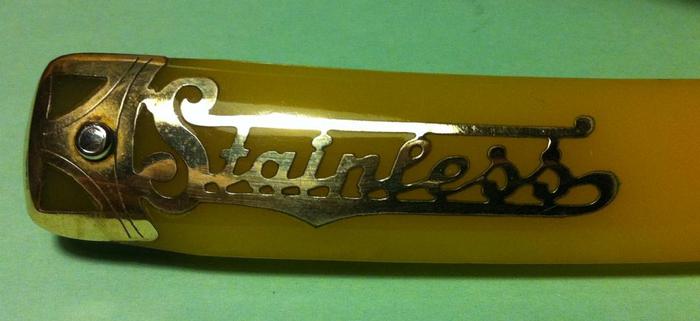
-
11-12-2017, 11:08 PM #12Senior Member


- Join Date
- Aug 2014
- Location
- East Central Illinois
- Posts
- 782
Thanked: 101
The thing about vintage razors is the make up of the steel didn't change much between different models or really from one maker to the next. Most of the descriptions of steels were made up by the advertising Depts.of the differen't razor companies. Very few if any "Silver Steel" razors had any silver in them. Silver in other than very small amounts will make the steel softer & not take a good edge. England, Germany, Sweden & the USA were the main razor & knife steel makers & just because a razor was forged & ground in England didn't mean that the steel came from that country. Also just because a blade is made from stainless steel does not make it a better blade, just different. Stainless steel used to make blades has enough carbon to make the steel hardenable & not a "Stainless as normal stainless steel. Blades made of stainless steel are magnetic.
I will take a carbon steel razor or knife any day.
SlawmanLast edited by Slawman; 11-12-2017 at 11:12 PM. Reason: Add Info.
-
11-14-2017, 08:56 AM #13

From my understanding, the Silver Steel designation (apart from work such as from Faraday / Stodard / Pickslay etc) was meant more as a type of steel rather than literally silver+steel. Then there are of course the ones marked "silver combined with steel" but that's another story. Especially in earlier razors the composition could vary a bit since a lot was dependent upon the composition of the ores (i.e. they were not up to the modern metallurgical abilities to specifically control elemental compositions).
-
11-18-2017, 02:08 PM #14
-
11-20-2017, 11:54 AM #15

I'm sure Zak has more detailed knowledge here, I can just provide some links and overview. Michael Faraday (famous for his development of electricity and magnetism physics) got his start in Metallurgy. In the early 1800s new elements, especially metals, were being rapidly discovered (such as Platinum, Iridium, Osmium, Rhodium, etc), and Faraday worked to alloy them with steel in attempts to enhance properties. The experiments ended in the early 1820s. Here is a 1932 review of some of that work:
https://www.nature.com/articles/129045a0
He worked with James Stodart, a London cutler, to produce cutlery/instruments to test. Some of these razors exist (Zak and I have one each) that are stamped with the alloyed elements they contain:
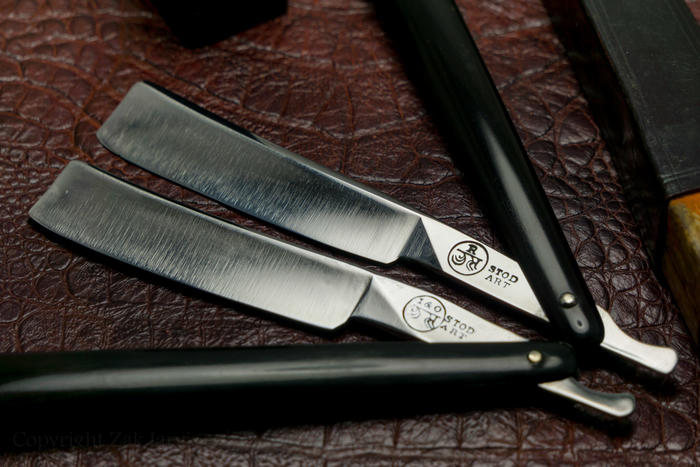
The 1932 review actually talks about silver-steel, and offers some anecdotal confusion: silver-steel is the name of a good tool steel that does not necessarily contain silver, but apparently some steel melters in Sheffield would actually throw silver coins into the melt, probably inspired by Faraday's work.
Further, Green, Pickslay & Co. were a Sheffield steel firm and tested such alloys on a pilot scale. See for further reading:
https://books.google.co.uk/books?id=...page&q&f=false
They wrote to Faraday to tell him about their work. Charles Pickslay produced razors under Pickslay & Co., specializing in "Peruvian Steel", but that could just be branding. Based on the other documents it seems that the intentional alloying of (in this case platinum) with steel was only done on that one-off pilot scale.
Some of the "wild card" examples are here:
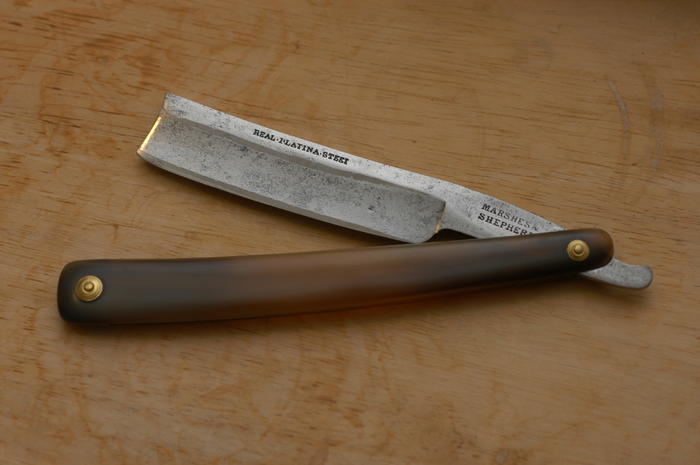
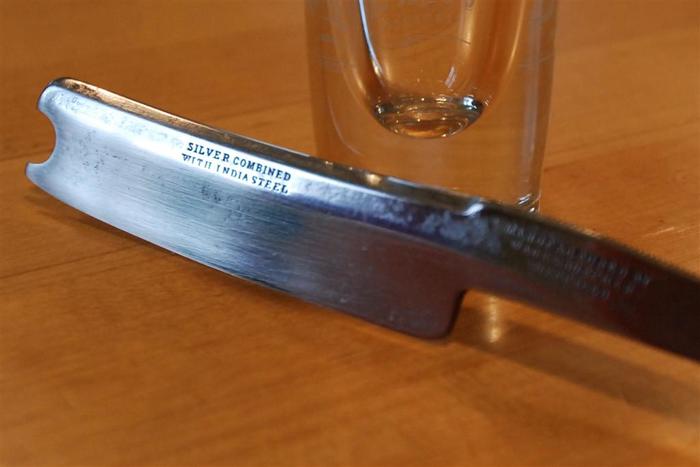
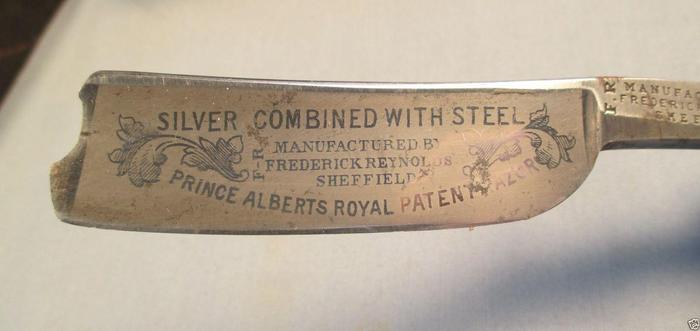
These are probably chalked up to dubious marketing. Especially looking only at W&S Butcher, there are examples of "Fine India Steel", "Silver Combined with India Steel", "Magnetic Steel", etc. These were likely all of plain steel and just tagged for marketing. Joseph Elliot razors are commonly marked "Silver Steel", and I don't have the knowledge offhand to say whether this was a Faraday reference attempt or a reference to the tool steel silver-steel - I'd have to look more into that.
-
The Following 2 Users Say Thank You to ScienceGuy For This Useful Post:
DNM (11-20-2017), Voidmonster (11-20-2017)
-
11-20-2017, 05:23 PM #16

There's no doubt that after the publication of Stodart and Faraday's paper on improvements to steel that Sheffield grabbed the idea of silver steel and ran off with it. They were definitely adding minute quantities of silver to the steel (think less than one percent -- a single shilling coin tossed into a full-size crucible of steel). The interaction of impurities in steel is an entire galaxy of conversation, but one of the more likely theories I've seen on what adding silver did was to act as a flux and sweat out more impurities. I'm not entirely convinced of this, but it is very plausible.
For the better part of a year various Sheffield steel refiners argued the relative merits of silver steel in the newspapers using pseudonymous handles like 'Flat Back' or 'A Friend to Invention'. At least one of the respondents was transparently Charles Pickslay.
The practice of tossing a shilling into the crucible continued into the early 1900's. There's no good reason to think Sheffield-made razors marked 'Silver Steel' didn't get the same treatment.
Whether it did anything or not is a completely different story.-Zak Jarvis. Writer. Artist. Bon vivant.
-
The Following 2 Users Say Thank You to Voidmonster For This Useful Post:
DNM (11-20-2017), ScienceGuy (11-20-2017)


 15Likes
15Likes LinkBack URL
LinkBack URL About LinkBacks
About LinkBacks






 Reply With Quote
Reply With Quote


